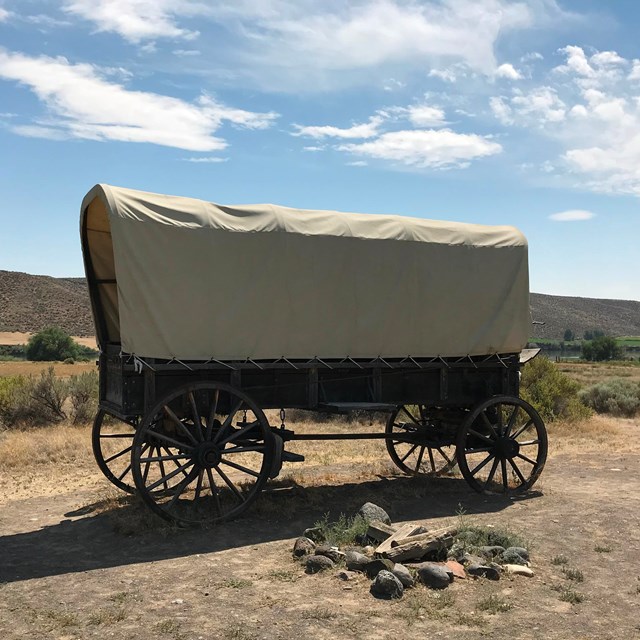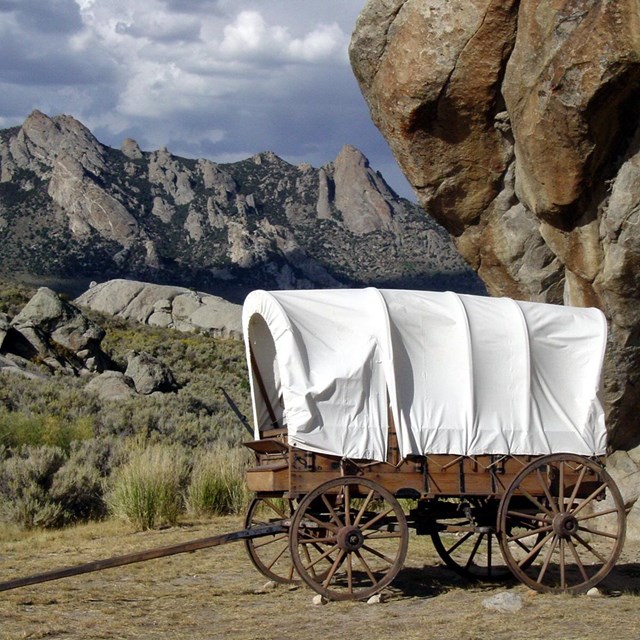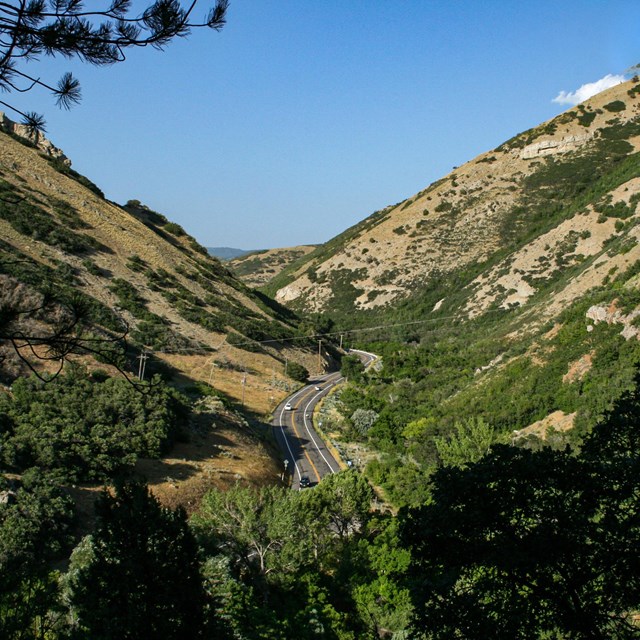Last updated: January 26, 2021
Article
Fourth of July on the Overland Trails
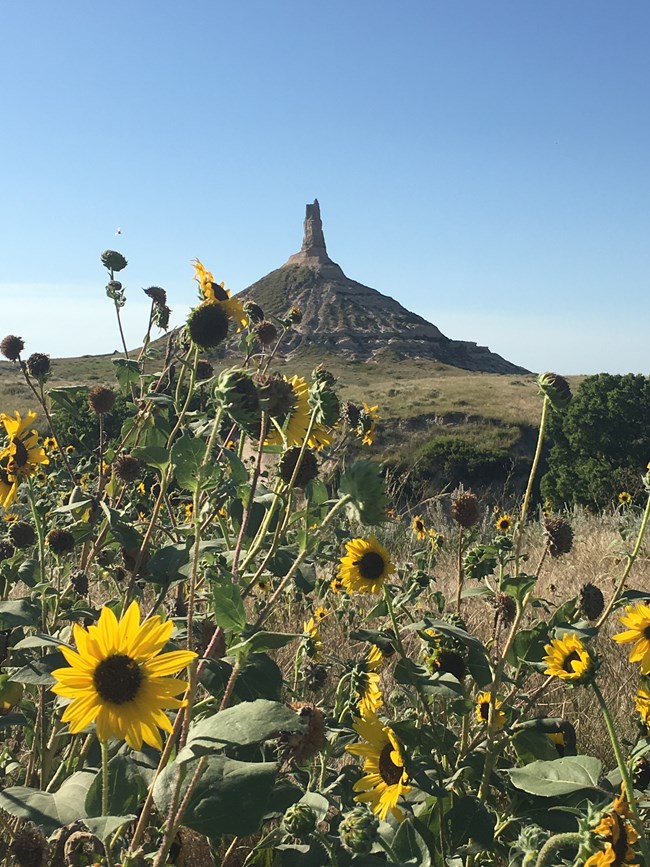
Photo/NPS
For many travelers on the overland trails, the Fourth of July was just another day of trekking through sand and sagebrush. For some it was a day of melancholy, thinking of how their loved ones at home might be celebrating. For others, especially the Fortyniners, it was fun a day of celebration, usually involving the firing of “salutes” with their handguns and rifles, energetic flag-waving, and a feast.
Amos Batchelder, as his company approached Chimney Rock in 1849, wrote in his journal:
“Soon after we started this morning, we passed a large company in camp, which saluted us with several volleys of musketry. They were returned in a scattering fashion, from our train, which extended nearly a mile. They had the stars, and stripes, moving in the breeze, and were stopping to celebrate the day. We soon after passed another company, with flags hoisted.”
Joseph Curtis Buffman, following the Bear River in southern Idaho in 1849, wrote:
“Awoke feeling very patriotic and endeavored as far as possible under the circumstances to celebrate the great aniversary of our Independence.”
Catherine Haun’s California-bound company was on the Laramie River near Fort Laramie on July 4, 1849. Their celebration began after supper, when they “sang patriotic songs, fired off a gun or two, and gave three cheers for the United States and the California Territory in particular.” Later, the “young folk” dressed up in costumes and danced to the music of violin and haw harp.
Joseph Warren Wood, traveling between South Pass and Pacific Springs on July 4, 1849, wrote in his journal:
“I fired 3 rounds with my rifle – one for liberty one for home & one for success. We had a…few home spun extra’s for dinner of which we all partook heartily, they consisted of fried cakes, fried pie & apple-sauce, we had a basin of soda – the celebration began in earnest in the pass at evening, & fire works were displayed & many large guns were fired companies of men would discharge their guns in rapid succession & among the hills they sounded very loud.”
Mariett Cummings’ family, traveling to California in 1852, observed the Independence Day celebration in Salt Lake City on July 5. (The celebration had been delayed one day because July 4 fell on a Sunday.) She wrote:
“In the afternoon we drove up to the Tabernacle to the latter part of the celebration, which consisted of a ranting Mormon oration, music by a superb brass band, and a comic song, ‘The Potato War’ by a gentleman, and a very long benediction.”
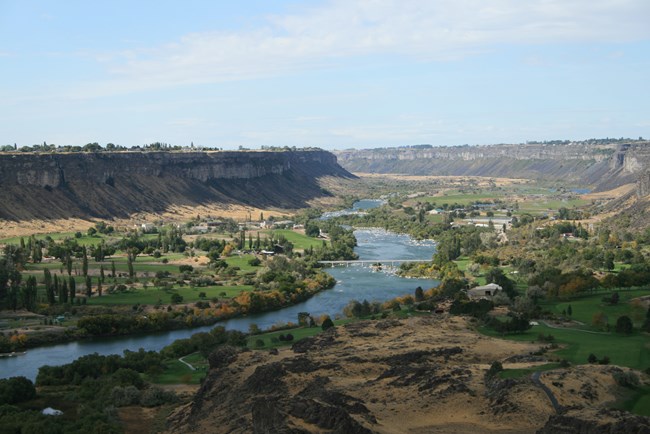
Photo/NPS
Lavinia Porter’s family followed the Cherokee Trail to reach the California Trail in Wyoming in 1860. They spent their Fourth in the mountains between Denver and Laramie, where Lavinia prepared an elaborate celebration:
“I had taught my little son all the patriotic songs that I knew, brought forth from my goods and chattels our American flag and decorated our wagon and tent with the red, white, and blue, regretting our lack of firecrackers or fireworks. From our limited larder I made preparations for a holiday dinner…. For our first course we had antelope soup, then roast antelope, and a piece of boiled ham with a curry of rice and our last can of tomatoes. I also made some very palatable cookies, even without the eggs which were considered so very necessary in their makeup. Stewed dried fruit and the fresh strawberries formed our dessert, and with an excellent cup of coffee completed a meal that anyone might enjoy, notwithstanding that the cups and dishes were of tin, and our table a board over a humble and empty soapbox.”
James M. Caw, whose company was traveling on the North Platte about four days east of Fort Caspar, Wyoming, on July 4, 1864, noted:
“Fired a few guns not much excitement.”
Philura Vandenburgh was 13 years old when her family headed to Oregon in 1864. They were troubled for weeks along the trail by a band of “bushwhackers,” driving a herd of cattle, who camped near the emigrants at night, behaved threateningly, purposely fouled the waterholes, and took care each morning to race in front of the wagons to hold them up behind the loose livestock. But why? On the Fourth of July, when crossing southern Idaho, the emigrants awoke to find a Confederate flag flying from a pole that had been set above their camp. Fearing trouble from the rowdies, the wagon train captain ordered his people to leave the flag alone and move on—but Philura’s brothers stayed behind to chop down the pole. That incident provided a clue as to the reason for the “bushwhackers’” contempt: Philura’s party were Iowa Yankees, including some Union veterans.
She wrote,
“We learned later that they were a band of border ruffians who had carried on guerilla warfare until captured by Union soldiers. They had been set across the Missouri River and disarmed that they might not by joining the Indians cause more trouble. It was well for the South to be rid of them, but they were a poor type of people for the new country to which they were going.”
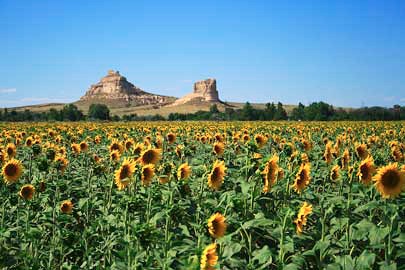
Photo/NPS
Perhaps the grandest celebration was that held by J. Goldsborough Bruff’s company of Fortyniners, Encamped near Courthouse Rock in western Nebraska, the company arose at sunrise to fire a 30-gun salute. At noon, the Declaration of Independence was read aloud, followed by a lengthy patriotic speech delivered by Bruff. They then sat down to a “sumptuous repast,— of pork & beans, buffalo meat, sort of rolls, hard bread, bean soup, & stewed dried apples. Dessert – apple pies.” That meal was followed by 13 toasts — to the US president, the Constitution, the Army and Navy, George Washington, Thomas Jefferson, the judiciary, the Declaration of Independence, Heroes (and heroines) of various American wars, the original 13 states, and to July 4 itself.
Tags
- california national historic trail
- mormon pioneer national historic trail
- oregon national historic trail
- 4th of july
- july 4th
- independence day 2020
- oregon national historic trail
- oregon trail
- california national historic trail
- california trail
- mormon pioneer national historic trail
- mormon pioneer trail
- articles
- history
- historic trails
- national trails

